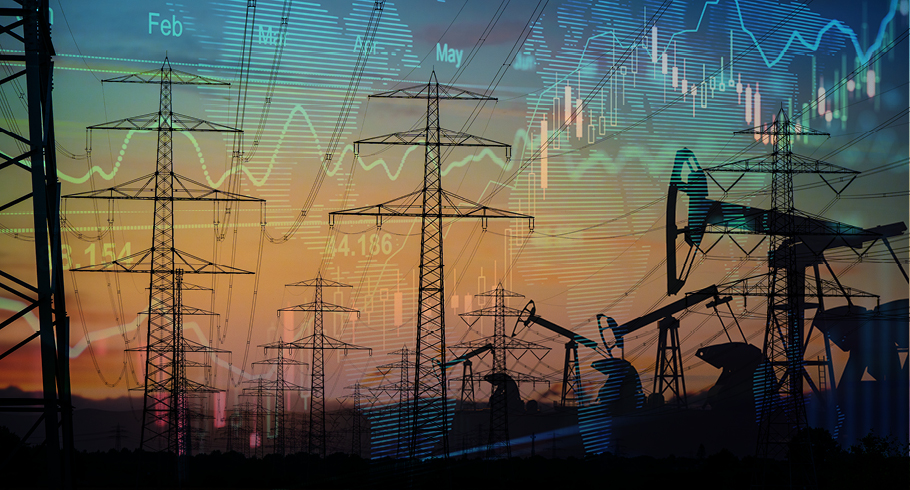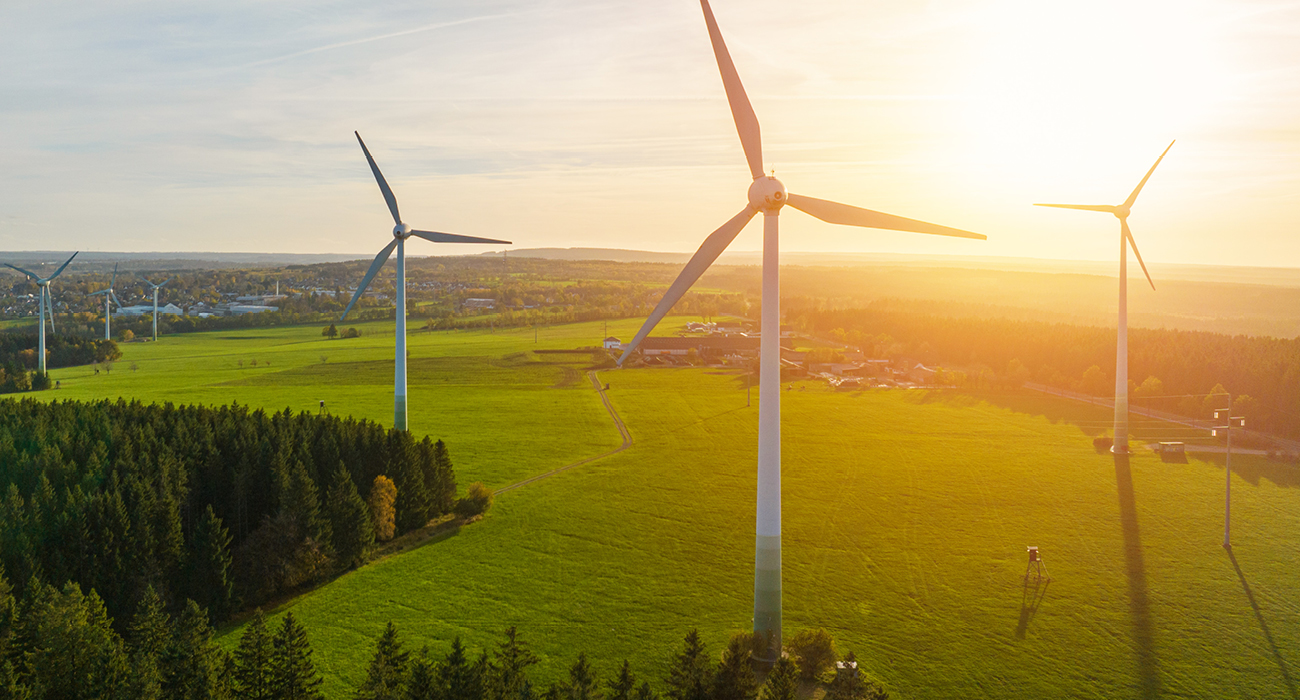As the terrible situation in Ukraine continues, the impact of Europe’s dependency on Russian gas has been brought sharply into focus.
Back in September, it became clear that a reduction of gas flowing into Europe from Russia was causing energy commodity markets to react.
But very few truly anticipated that Russia would invade Ukraine – and how the situation and the rest of the world’s response would ramp up to create prices no-one could have foreseen.
If ever there was a compelling example of how geopolitics influence commodity markets, we are seeing one now.
A range of factors behind price rises
But there are other reasons we in the UK, as well as many other countries in Europe, are so exposed to spiralling gas prices.
As we explored in the first of our ‘Energy Made Simple’ reports – released last week – the UK’s electricity market is intrinsically linked to gas market performance, because we generate so much power using gas-fired power stations.
The second of our reports now explores other market drivers. For example, the lack of gas storage we have in the UK, which leaves us at the mercy of market forces.
As Rob Gross, Director of the UK Energy Research Centre and Professor of Energy Policy at Imperial College London, recently said: “We will be reliant on attracting gas by paying the market rates. We can secure enough gas but we have to pay the price.”
Energy made simple
To find out more about the factors that influence UK energy prices, the market drivers that led to the first price rises we experienced in September, as well as the huge gains we’ve seen in recent weeks, download our second report out today: Understanding the UK Energy Market: A Focus on Commodity Costs.
It’s free to access.
And if you need help or support in navigating your business through this extremely challenging situation, then please do get in touch – we are here to help.
Existing customers are advised to contact their Account Manager or Client Lead. Or you can reach our team via info@npowerbusinesssolutions.com
Finally, to get a full picture of energy prices and how they work, look out for our forthcoming ‘Energy Made Simple’ reports on the non-commodity elements that make up such a sizeable chunk of the total invoiced cost. The first of these will be available in April.

/npm214%20Digital_H_UB15.jpg)

/npm214%20Digital_H_UB102.jpg)


/npm214%20Digital_H_UB76.jpg)


/npm214%20Digital_H_UB139.jpg)
/Author%20Profile%20Phillips_Sally_G.png)
